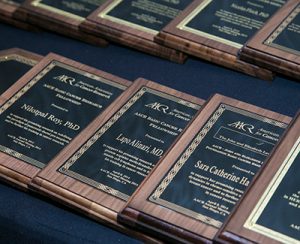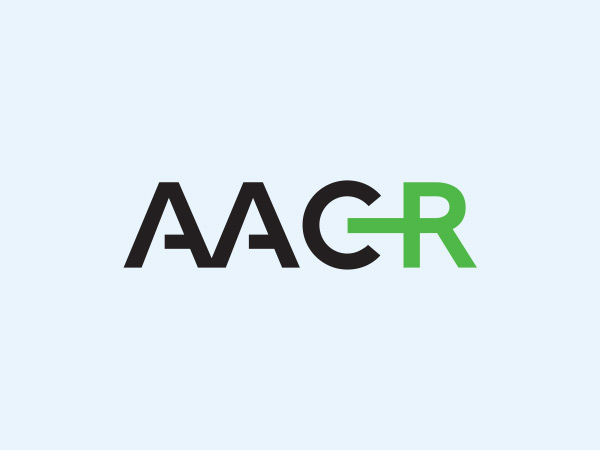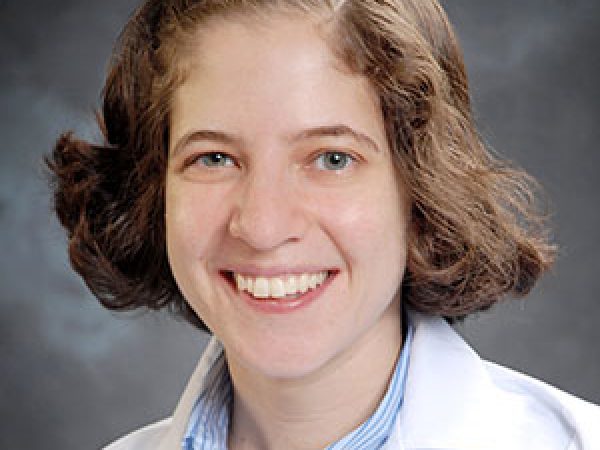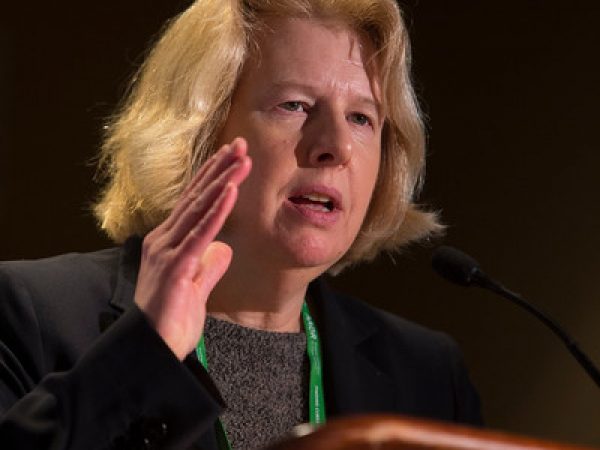Behind the Scenes: Recognizing and Supporting Progress in Cancer Research at the AACR Annual Meeting
Cancer Research Catalyst’s Behind the Scenes series provides an inside look at the planning and development of the AACR’s Annual Meeting, a must-attend event for cancer researchers. Read other posts in the series.
Welcome back to our Behind the Scenes series.
In addition to providing a forum for attendees to learn, network, and share information and ideas, the Annual Meeting presents a valuable opportunity for the AACR to recognize our research grant recipients, who range from promising early-career investigators to established researchers, and to honor researchers who have made significant contributions to the cancer research enterprise.
This aspect of the meeting is managed by the AACR’s Scientific Review and Grants Administration Department (SRGA), led by Pat Morin, PhD. The department, which consists of 14 staff members, also coordinates programming related to Stand Up To Cancer (SU2C) and the AACR’s Associate Member Council (AMC). Unsurprisingly, planning begins far in advance.
“We start preparing for the Annual Meeting as soon as the previous meeting is over,” says Morin. “It requires a lot of coordination and organization to make sure everything is flawless.”
Research Grants and Scientific Achievement Awards
One priority is a dinner honoring all new grantees. At this event, the grant recipients meet their funders and AACR leadership, as well as the SRGA staff they’ve interacted with throughout the year. “Meeting the grantees we’ve corresponded with for months leading up to the Annual Meeting is a highlight,” Morin says. “It’s exciting to hear about their research and how the grants will help them pursue their goals. It’s vital to make this personal connection, as we’ll be following these recipients throughout their grant term and beyond. ”
SRGA also manages the selection process for the 15 scientific achievement awards given at the Annual Meeting and organizes a reception recognizing the awardees. Most of the award recipients present special lectures throughout the meeting, which SRGA coordinates as well.
Stand Up To Cancer (SU2C)
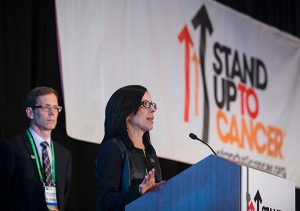
Elizabeth Jaffee, MD, leader of the SU2C-The Lustgarten Foundation Pancreatic Cancer Convergence Dream Team, speaks during last year’s SU2C Dream Team announcement at the AACR Annual Meeting. With her is the Team’s co-leader, Robert Vonderheide, MD, DPhil.
The AACR is the Scientific Partner of SU2C. Morin’s team plays a central role in this partnership, and they plan all of the SU2C-related activities at the AACR Annual Meeting. “The meeting offers an excellent platform for SU2C Dream Teams and Translational Teams to share updates on their progress,” he says. “We organize two open sessions for the Teams to present their work. We also meet with our Scientific Advisory Committee and with all the Team leaders, and take full advantage of SU2C scientist involvement at the Annual Meeting by organizing several closed working meetings for the Teams. Together with the Communications and Public Relations Department, we plan an event where we highlight major SU2C scientific findings and announce new Teams.”
Associate Member Council (AMC)
Finally, SRGA coordinates a variety of AMC-organized programming for early-career investigators, including Professional Advancement Sessions, which rotate topics every year, and more informal networking and discussion sessions, which take place in the Associate Member Resource and Career Center (AMRC) in AACRcentral of the Exhibit Hall. All of these sessions are just a few examples of the many ways the AACR supports early-career investigators.
As a cancer researcher who regularly attended the Annual Meeting before joining the AACR team, Morin says the meeting is a great opportunity to meet colleagues and establish new collaborations. As always, attendees can also expect to learn about great science and exciting, innovative trials.
From his current perspective, says Morin, “the meeting is the culmination of our previous year’s work. It’s a challenge to get everything together, but so rewarding after the meeting is over and we realize the impact we’ve had.”

